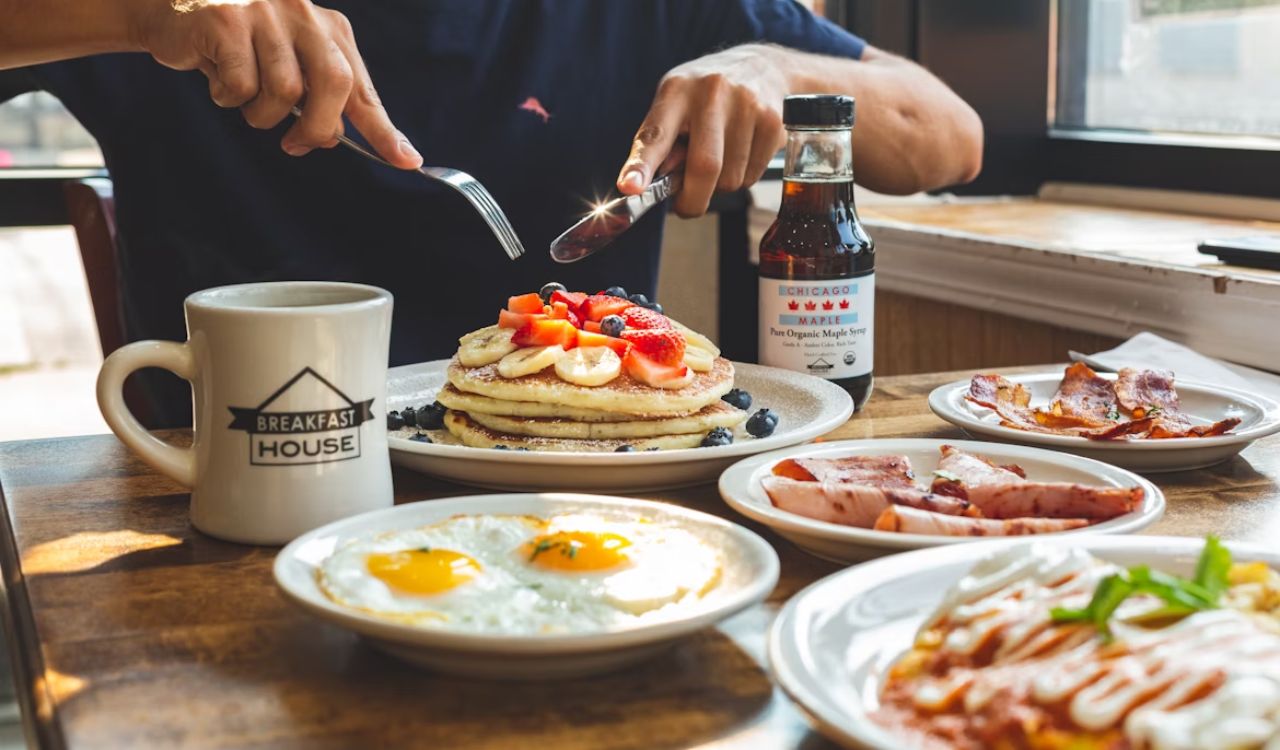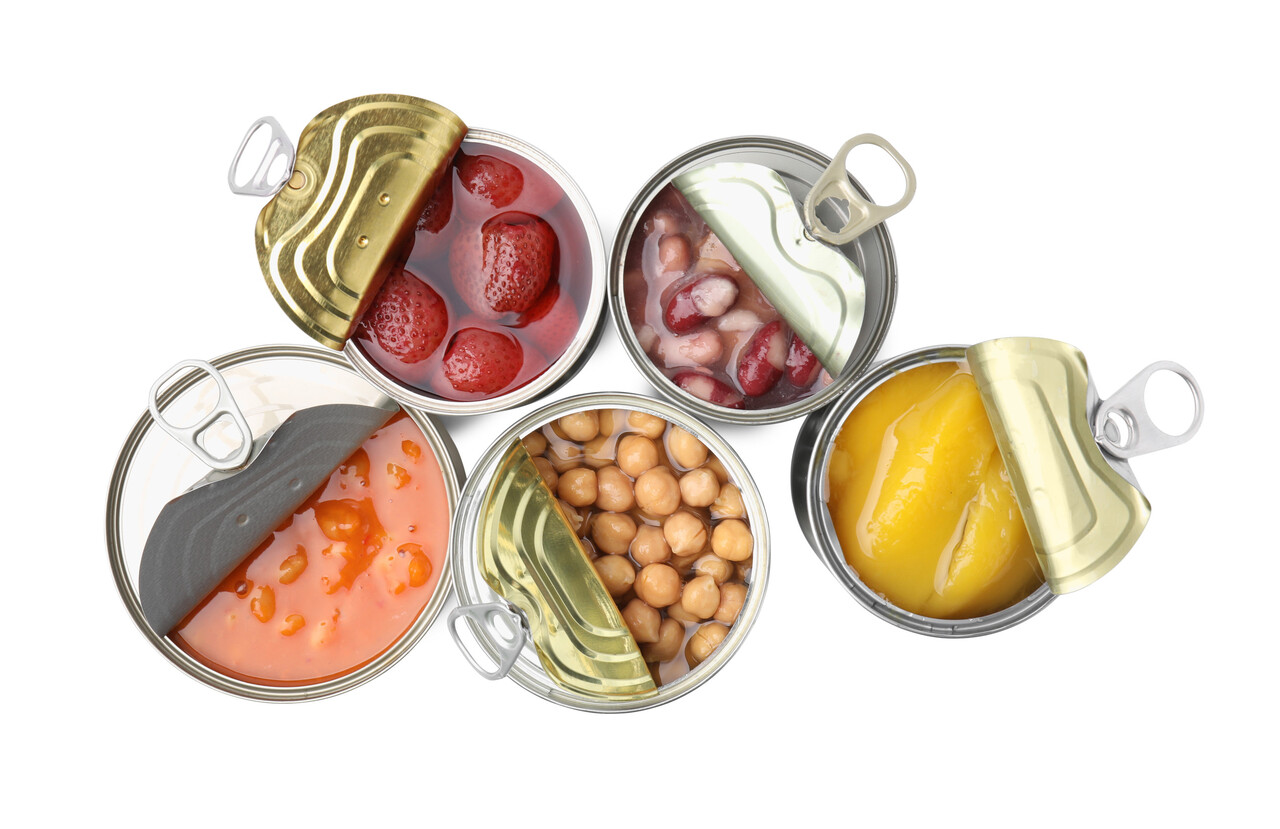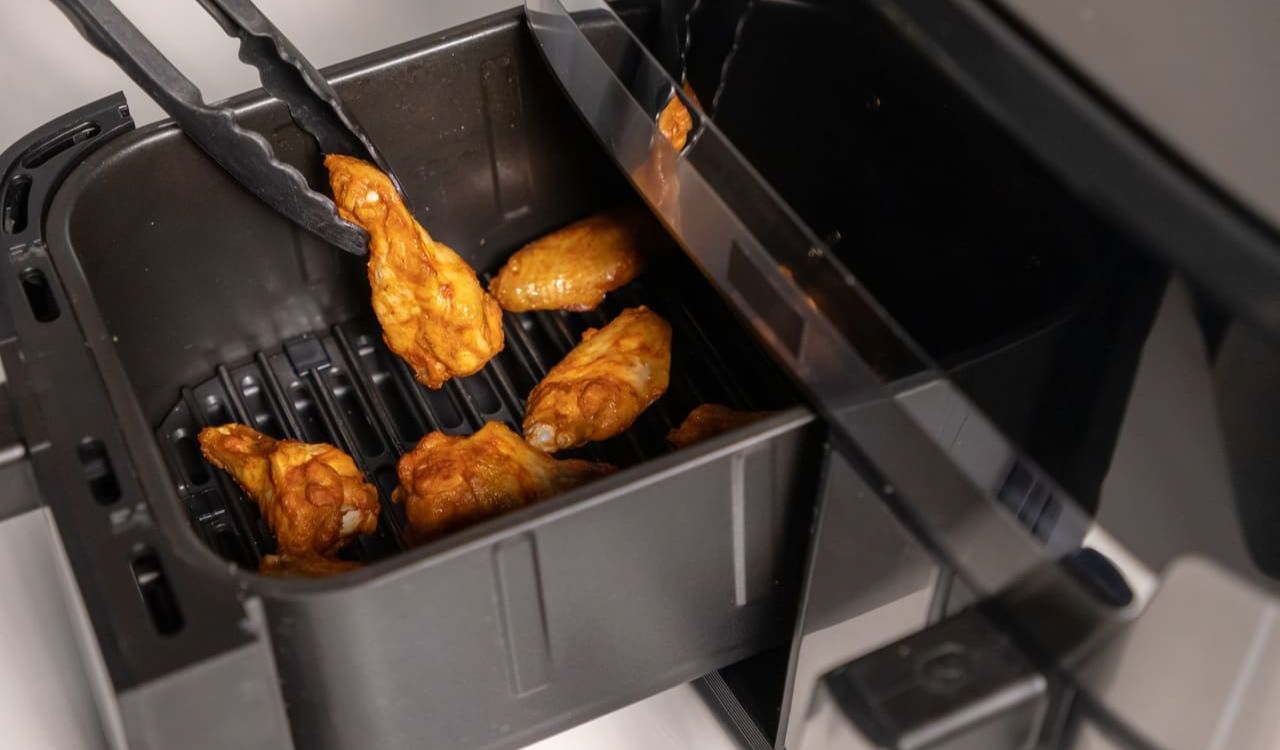6 Steakhouse Dishes Chefs Always Order and 4 They’ll Never Touch

When you sit down at a steakhouse, it feels like everything should be a safe bet, but chefs know the menu better than anyone. They understand which dishes rely on steady technique, trusted sourcing, and simple execution. They also know which plates slip when kitchens stretch ingredients or lean on shortcuts. If you want to order like someone who has worked the line, here’s a breakdown of the dishes chefs pick every time and the ones they quietly skip so you can make choices that feel more confident.
1. Ribeye
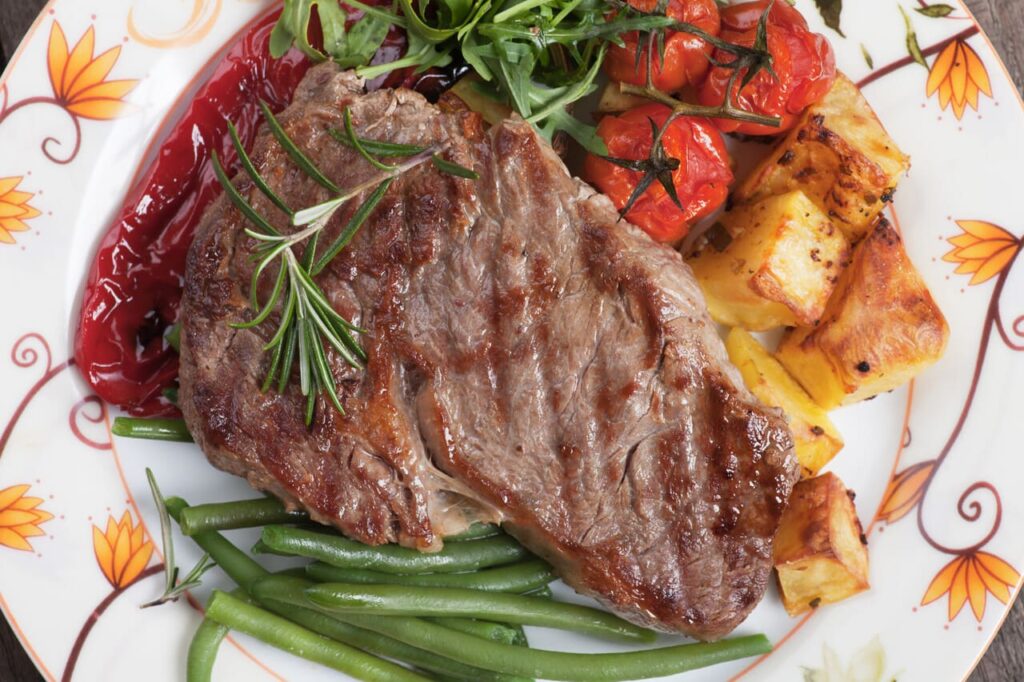
You get a reliable cut with strong marbling, so you taste full flavor even if the kitchen is busy. Chefs like it because ribeye handles heat well, stays juicy, and forgives small timing errors. Most steakhouses source it from reputable suppliers, so quality rarely drops. You also avoid heavy seasoning tricks since the cut carries its own richness. If you want a dish that shows the kitchen at its best, this is usually the safest pick without feeling predictable.
2. Filet Mignon
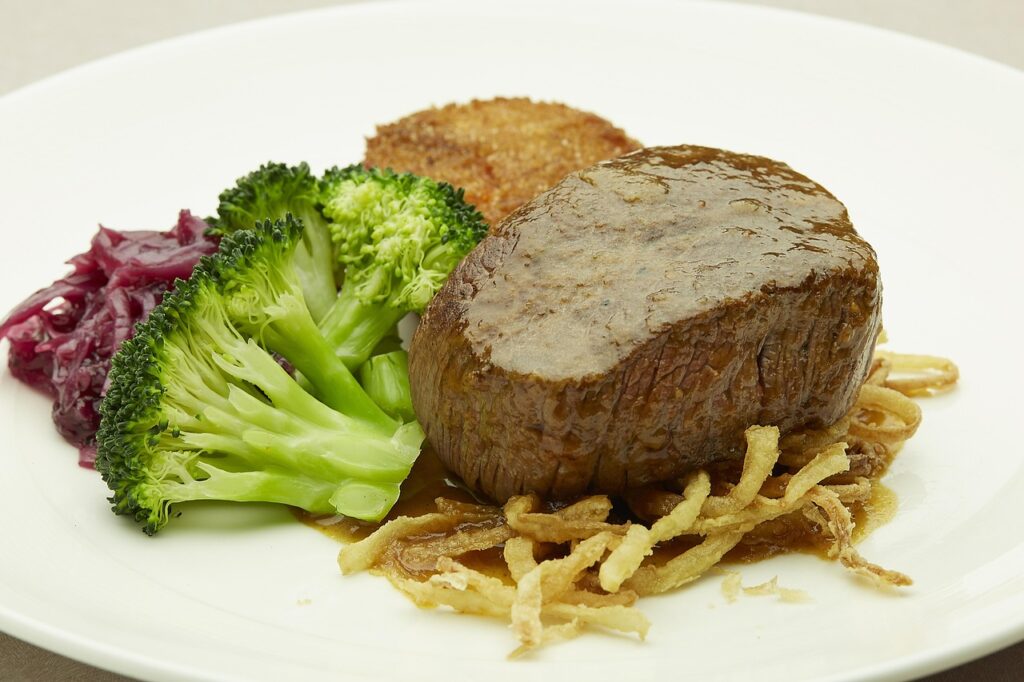
Chefs order it when they want tenderness without fuss. You get a leaner cut that turns out well when cooked with attention, and most kitchens treat it carefully. It has a simple flavor, so you notice right away if something is off, but that’s part of why chefs trust it. Steakhouses rarely cut corners with filet because diners expect consistency. If you want a straightforward choice with clean flavor and dependable texture, this is the option that rarely disappoints.
3. Bone-In Strip Steak
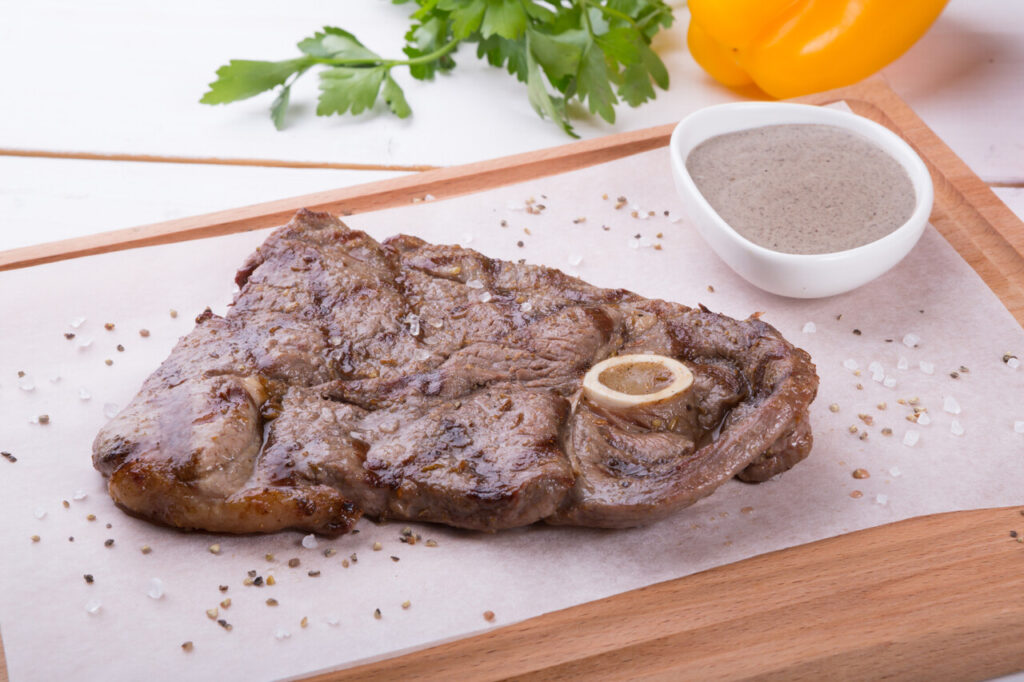
You get a balanced mix of flavor and bite, and chefs like how the bone keeps the cook steady. This cut usually comes from higher grade sections, so you avoid the inconsistency that cheaper steaks bring. Kitchens know guests judge them by their strip, so the staff watches it closely and gives it the attention it needs. You also get a richer taste without relying on sauces. If you want something hearty that still finishes clean, this is the cut chefs trust most.
4 Short Rib
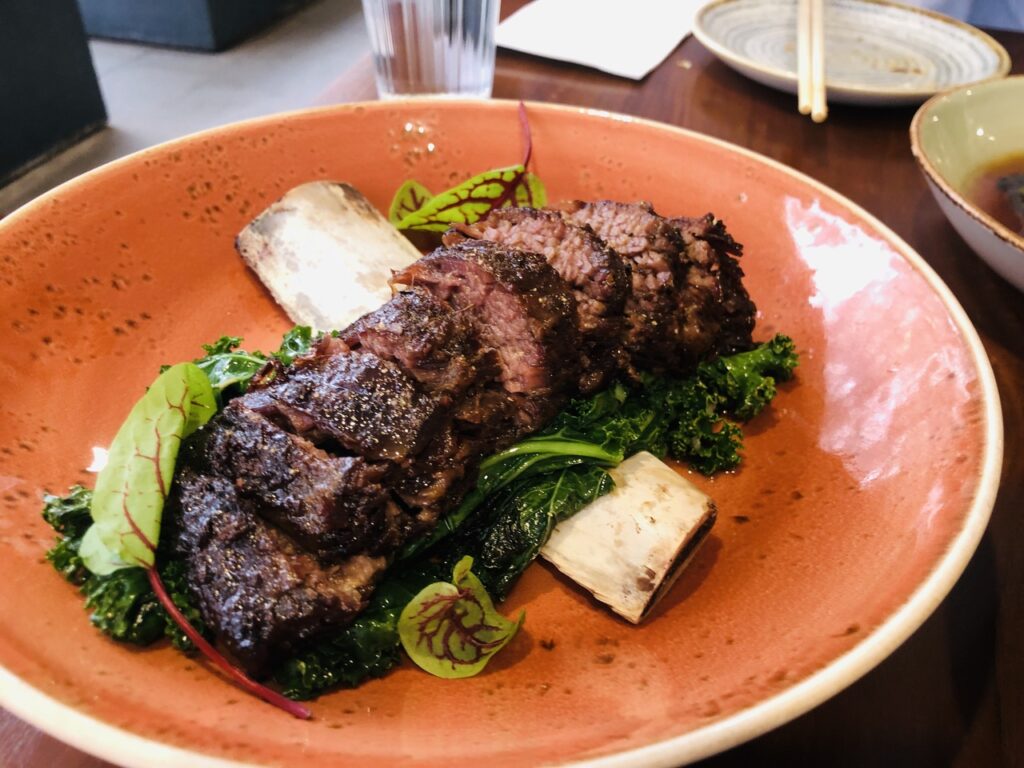
You get slow-cooked comfort that steakhouses prepare ahead with care, so the flavor stays deep and the meat turns tender every time. Chefs trust it because it depends on patient technique rather than fast grilling, which keeps quality steady through a busy service. The cut absorbs seasoning evenly, giving you richness without a heavy finish. If you want a braised dish that shows real skill and consistency from the kitchen, this is the choice chefs order with confidence.
5. Grilled Salmon
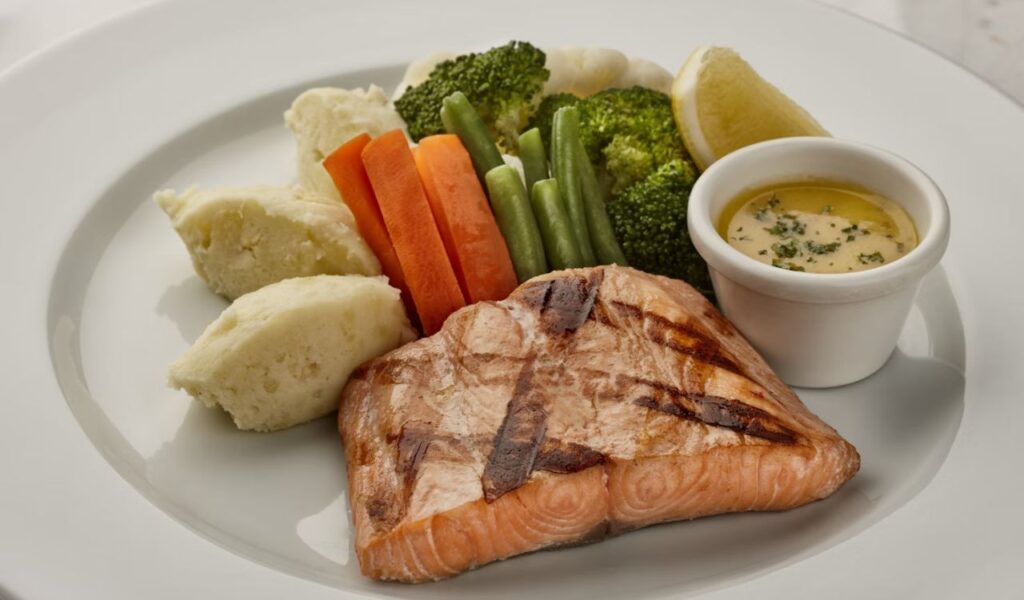
You get a dish chef’s pick when they want something lighter but still cooked with real care. Most steakhouses buy salmon that can handle high heat, so you avoid the dryness that comes from lower-quality fish. Kitchens usually season it simply and give it a steady sear, which keeps the flavor clean and bright. You also skip the heavy sauces that sometimes hide mistakes. If you want a reliable non-steak option that shows solid technique, salmon is the choice chefs trust most.
6. Wedge Salad
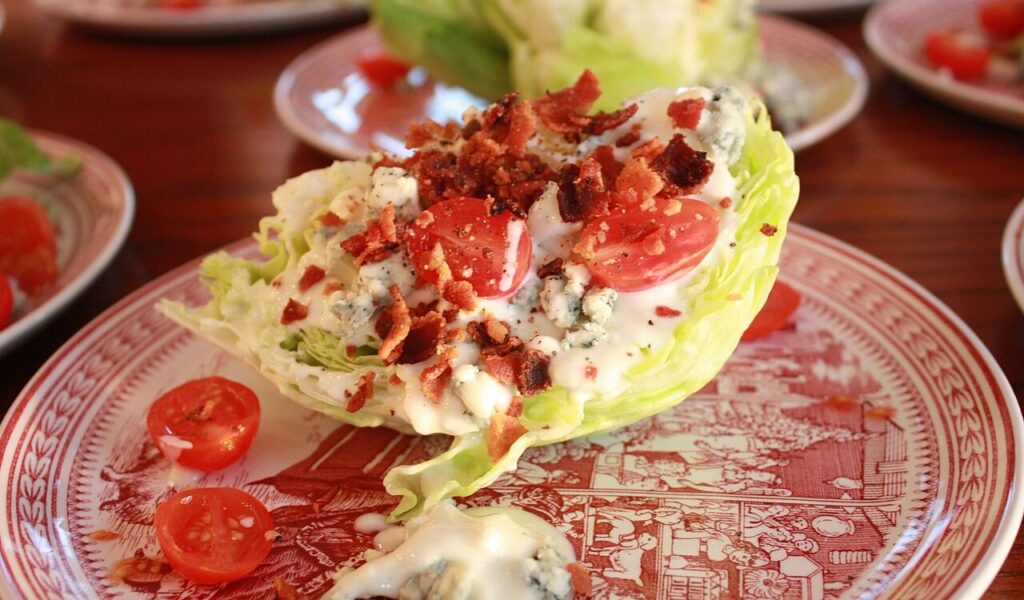
You get crunch, freshness, and simple ingredients that most steakhouses handle with ease. Chefs like it because the prep is direct and the odds of wilted greens or overly heavy dressing stay low. The dish relies on balance, and kitchens usually build it so each element stays crisp, cool, and clean. If you want a starter that kicks off your meal without surprises, this is the choice chefs order because it delivers the same bright, steady results every time.
Dishes Chefs Avoid
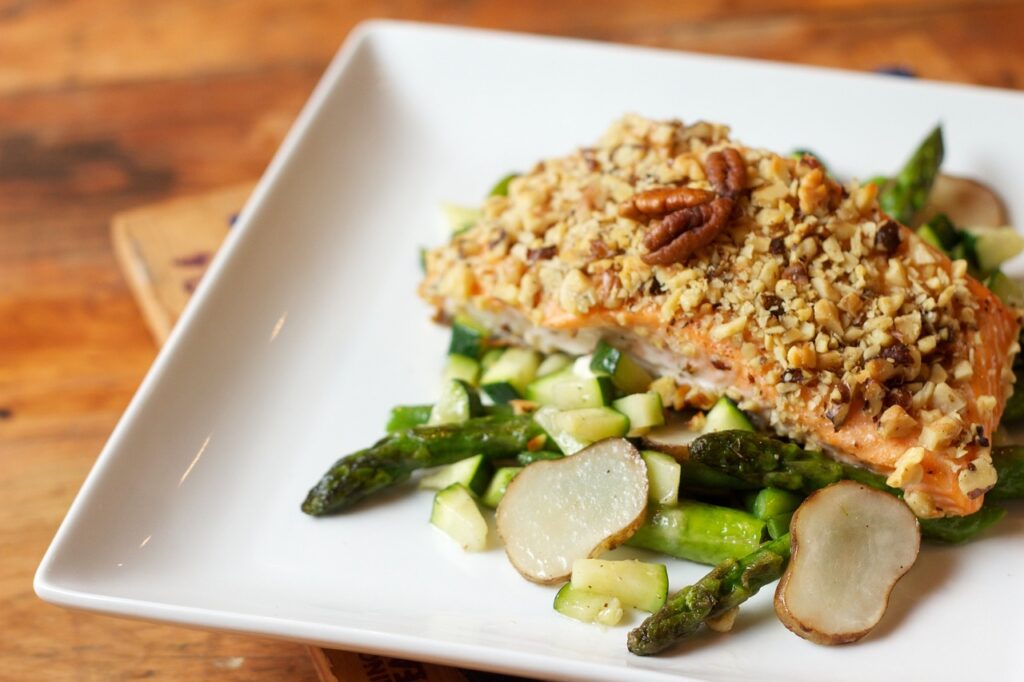
You might think every item on a steakhouse menu gets the same careful treatment, but chefs know better. Behind the polished service and sizzling plates, not every dish is handled with the same precision. Some menu items rely too heavily on pre-prepped ingredients, inconsistent sourcing, or tricky timing that doesn’t hold up in a busy kitchen. Those are the ones seasoned chefs quietly avoid, because the risk of overcooking, dull flavor, or poor texture simply isn’t worth the price or the reputation.
1. Surf and Turf

You get two pricey proteins on one plate, and chefs know this pairing creates real pressure in the kitchen. Timing steak and seafood so both finish perfectly is hard, so one side often slips. Some places also use smaller or lower-grade lobster tails to control cost, which lowers quality even more. You may like the idea, but chefs avoid it because the risk of uneven cooking and weaker ingredients climbs fast and rarely feels worth the trouble. You’re better off ordering each item on its own.
2. Steak Sauces

You get a quick burst of flavor, but chefs stay away because sauces often hide uneven cooking or cheaper cuts. Many kitchens rely on premade blends that taste sweet or muddy, which pulls attention away from the meat. When a steak is cooked well, you shouldn’t need anything extra. Chefs skip sauces because they want the clean taste of the beef itself, and they know a heavy sauce can mask small mistakes you would otherwise notice. You get a better meal when the meat stands on its own.
3. Chicken Breast
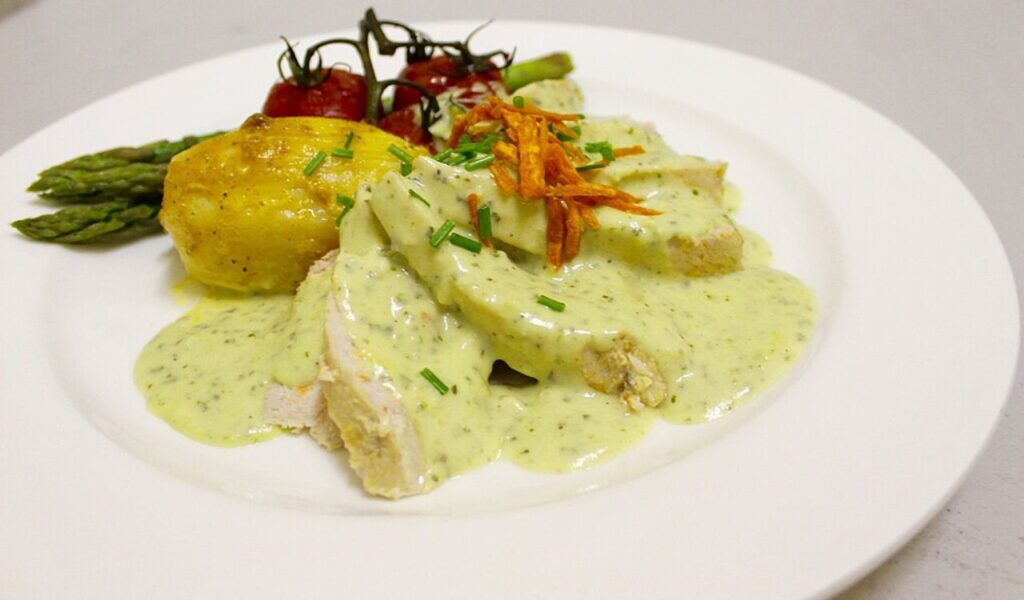
You get a familiar choice, but chefs avoid chicken breast at steakhouses because it rarely gets top focus in the kitchen. It dries out fast and needs tight timing, which is harder during a busy dinner rush. Some places prep it ahead to save time, and that hurts texture. You might choose it for variety, but chefs skip it because they know the odds of bland or overcooked meat sit higher than most guests realize. You get a much better result when you stick to cutting the kitchen treats as a priority.
4. Bargain Steak Cuts
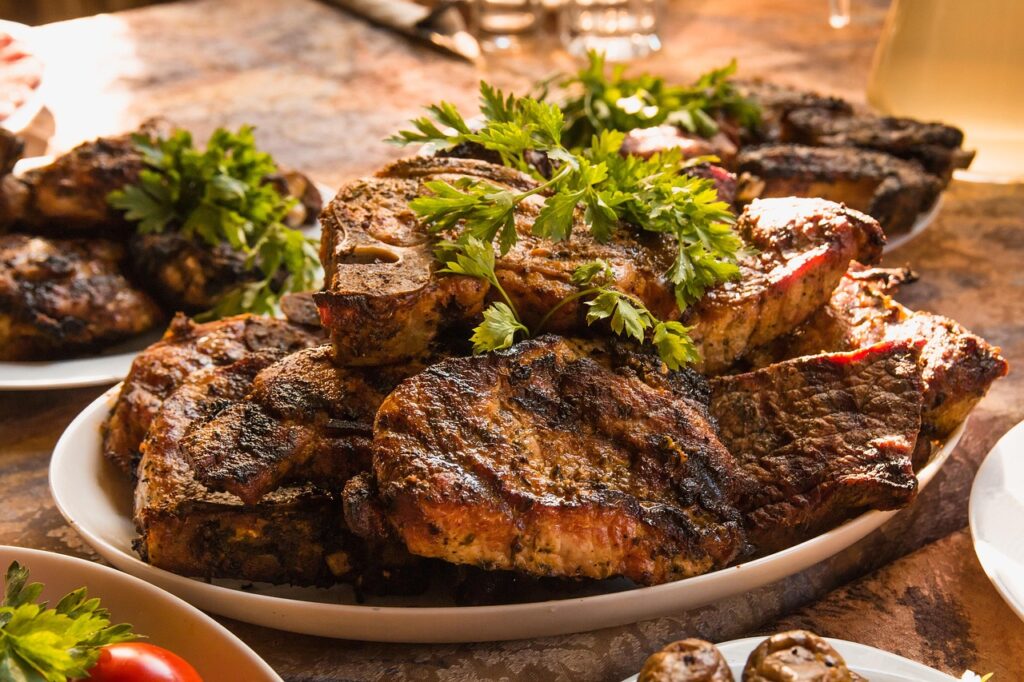
You get a cheaper option, but chefs know these cuts swing wildly in tenderness and flavor. Some kitchens lean on heavy marinades or tenderizers to hide inconsistency, which can leave the meat tasting flat or overly salty. Cooking these cuts evenly also takes more work than the price suggests, so results miss the mark more often. Chefs avoid them because they prefer paying a little more for steaks that deliver reliable texture and steady flavor. You end up with a far better meal when you choose cuts known for consistency.


